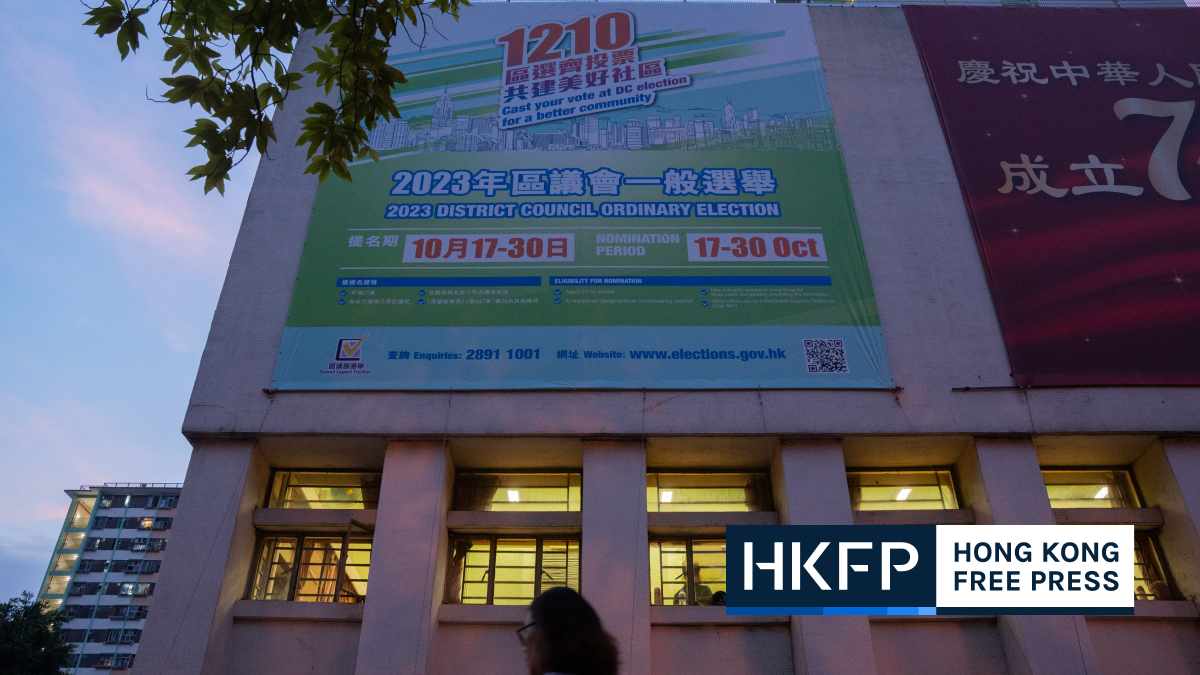Taurus Yip’s interest in history was kindled when he lived in the University of Hong Kong’s Ricci Hall. Many years before, he discovered, soldiers who fought in the Battle of Hong Kong had lived there too.
Troops from many countries and backgrounds shared in the defence of the city from the invading Japanese, he learnt. For Yip, it was a watershed moment – so he founded an organisation dedicated to educating Hongkongers about their city’s history, and called it Watershed Hong Kong.

That was in 2015. Now Yip is busy planning his next grand re-enactment of the Battle of Hong Kong. The group has been staging these each year since it was founded, and each year it focuses on a new aspect of the battle in December 1941.
The first re-enactment – entitled “Living Monument” – was held across Tsim Sha Tsui, the Star Ferry Pier and Wanchai. Actors dressed in period military fatigues and carrying replica rifles were stationed at these sites to show passers-by where the front lines may once have been.
Last year, the re-enactment drew attention to the suffering of women, many of whom were sexually assaulted and even murdered by the Japanese in Stanley during the last days of the battle and the subsequent occupation.
“A few years ago, an elderly man told us that the sirens we were playing at re-enactment took him back to his childhood, when the very same sirens were being played,” said Yip. “So these re-enactments can bring us down the memory lane that we have collectively forgotten.”

These days, a different battle is being fought. Not with guns and grenades but with words, over who gets to set the narrative of Hong Kong’s history. Hongkongers who are critical of the government fear political leaders want to marginalise, or even eventually erase, history that doesn’t chime with the official narrative, as the Communist Party has done on the mainland.
Recently, the government introduced school textbooks which claim that Hong Kong was never a British colony. Chinese leader Xi Jinping has vowed to “protect young minds” from views outside the party lines. Analysts argue that the textbooks are part of the central government’s plan to align Hong Kong’s institutional values with the official Communist Party narrative.
What Yip tries to do with Watershed’s re-enactments is to pick up the narratives that the government overlooks. He’s not against people who view history in a different light to himself. After all, historical narratives are about informing people where to find the right information and what questions to ask.

Rather, he wants Hongkongers to be able to distinguish between narratives through becoming more knowledgeable.
“History is made up by different stakeholders in society, and these days social media is driving the discourse. Bringing fact-based history into everyday life should be something that any history lover should welcome,” he told HKFP.
Bloody 18-day battle
The Battle of Hong Kong was fought between December 8-25 in 1941, one of the first conflicts of the Pacific War. On the same morning as Pearl Harbor, Japanese forces attacked Hong Kong, then a British colony and barely a city yet, where they fought a garrison consisting of British, Indian and Canadian units, the Auxiliary Defence Units, and the Hong Kong Volunteer Defence Corps.
The hastily-assembled defenders held off the battle-hardened Japanese for 18 days, as Commonwealth troops retreated from Gin Drinkers Line near the Jubilee Reservoir and from Wong Nai Chung Gap on the island before making their last stand in Stanley.

The battle officially came to an end when governor Sir Mark Aitchison Young surrendered to Japanese forces at the Peninsula Hotel on Christmas Day. Then began an occupation period rife with humanitarian disasters and brutalities, commonly known as “three years and eight months.”
Some escaped Commonwealth prisoners of war along with Communist-led guerrillas, together known as the East River Column, continued the resistance until Japan’s unconditional surrender in August 1945.
Hong Kong marked Liberation Day as a public holiday until it was abolished in 1998 to make way for other public holidays. War memories from different perspectives remain preserved in Hong Kong’s public library, and a permanent exhibition detailing the battle is installed in the Museum of Coastal Defence.
The government has refurbished a series of historical sites in recent years, including trails near Pinewood Battery at Lung Fu Shan, which the British forces used extensively when fending off the Japanese. However, experts worry that the government’s conservation work may not be enough.
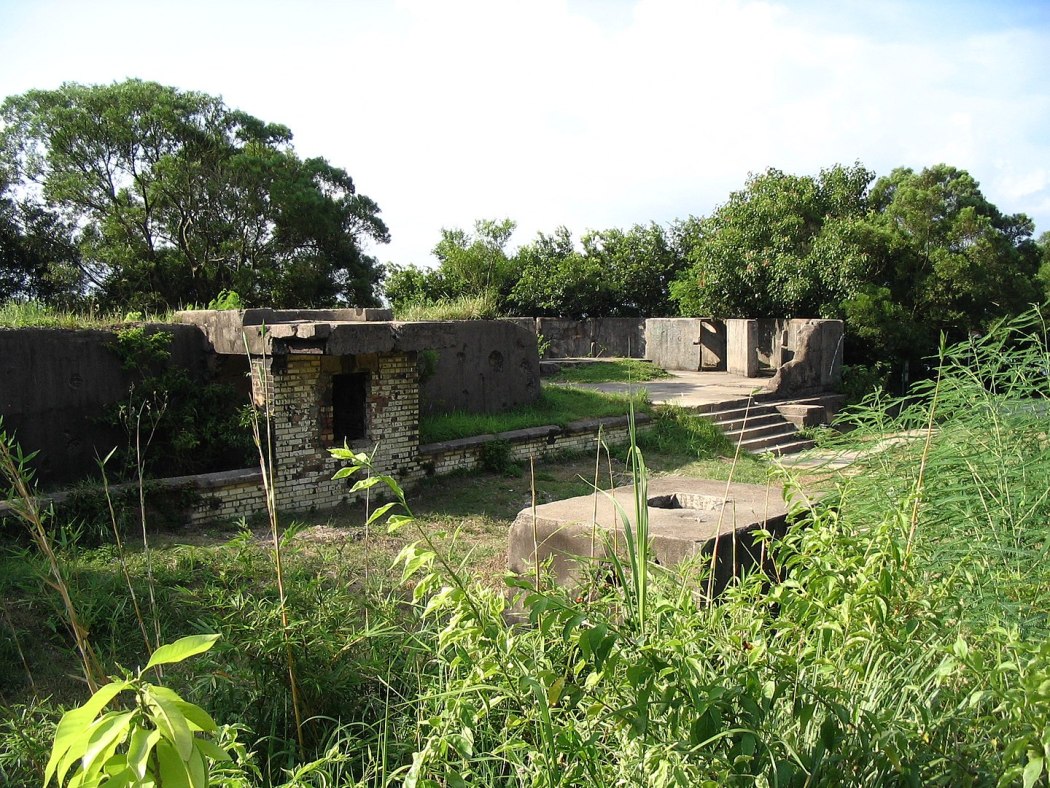
At a Legislative Council session in June 2022, Jack Chan Jick-chi, Acting Secretary for Home Affairs, said the bureau would promote a “correct understanding of history” through patriotic education. In language peppered with phrases taken from Beijing’s rhetorical handbook, he praised the East River Column and emphasised that it was “led by the Communist Party”, for “dealing a severe blow to the Japanese invaders in various parts of Hong Kong.”
“In the Xi approach to history, facts are merely incidental. Only interpretation matters. And only one interpretation is allowed,” Steve Tsang, a Chinese politics specialist at the School of Oriental and African Studies in London, told the Associated Press.
Runners’ remembrance
A group of runners has found an original way to remember the battle. Mark Lee, the chairman of Sai Yau Running Club, partnered with Ken Lai, a Western District resident, to organise the Hong Kong Comrades Run, an 18-kilometre trek from Quarry Bay to the Stanley Military Cemetery. Runners pass an array of sites where some of the most desperate battles were fought.
The event is intended to teach runners about Hong Kong’s “hidden history,” said Lee.
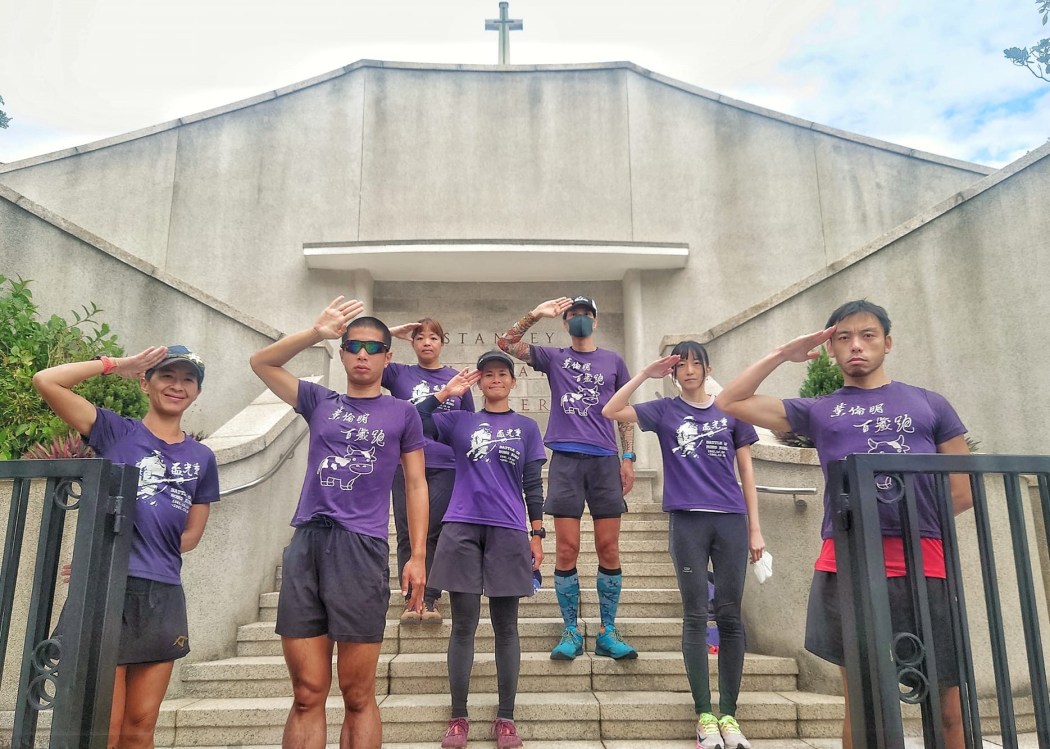
The pair, like Yip, acknowledge the importance of the East River Column in battling the Japanese invaders. But they are concerned that the government is cherry-picking certain elements of history for political purposes, with the goal of eventually erasing whatever does not fit the official narrative.
“Many of the Commonwealth soldiers had no obligation to fight for a foreign land,” said Lee. “If we don’t remember their deeds, who will?”
At past Remembrance Sunday commemorations, together with the Royal British Legion and local veterans’ groups, the group laid a wreath at the Cenotaph. But Lee said political leaders brush off the sacrifices of Commonwealth soldiers.

“When I last visited the Sai Wan war cemetery, there were dignitaries from different Commonwealth countries laying wreaths,” Lee said. “Our government sent none.”
Living through history
Wartime monuments have been a catalyst for some to understand the city’s history. When Bryan Ong first visited the Sai Wan War Cemetery near Chai Wan some 20 years ago, he was mesmerised by the insignia on the graves.
“The Battle of Hong Kong is important because it was the only battle fought on the city’s soil. It was also the first time that different nationalities and communities stood together against a common evil,” Ong told HKFP. “It’s rather melancholic to think about it, and that deserves a special place in our memories.”
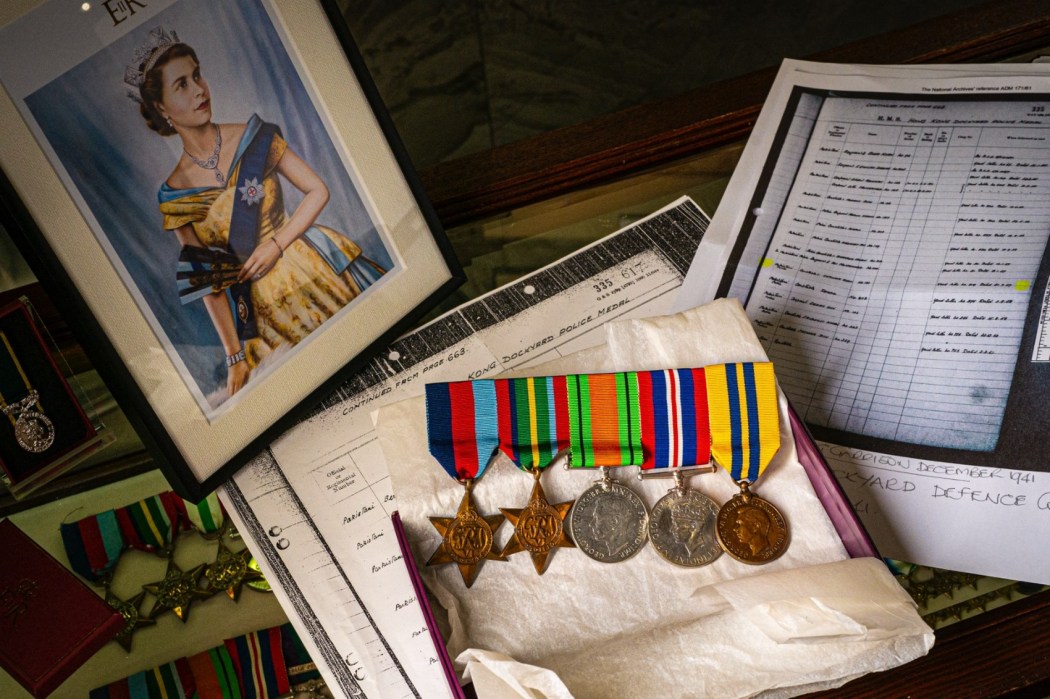
After diving into the history books, Ong decided that he wanted to contribute in his own way and started collecting badges and artefacts from different Commonwealth military units as a hobby. Some 11 years ago, he turned it into a business, creating his own replica badges and selling them as souvenirs.
After starting as an online business, Ong opened a shop in Causeway Bay and eventually a second and more sophisticated shop in Central, which doubles as a small museum where he showcases original historical artefacts. He also runs tours on Hong Kong’s history, including the Battle of Hong Kong.
In recent years, Ong has noticed a trend among visitors: awareness of the city’s history is much higher, young people are showing increased interest, and there’s a new eagerness to preserve colonial history.
“Many young people are keen to preserve Hong Kong history and stories as part of their identity. The new generation is taking a stronger role,” Ong said.
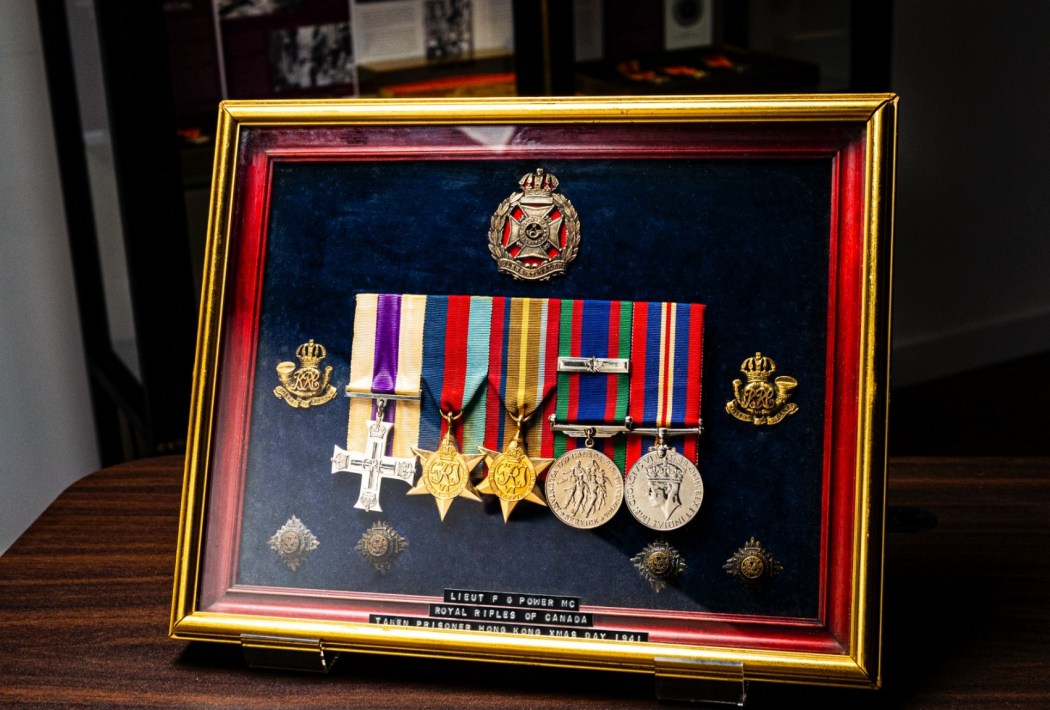
“Back in our day, reading and being interested in history was rare, but nowadays, there is a growing enthusiasm. There’s the internet and social media, and people are taking our city’s history more seriously. Most of my customers and friends are youngsters eager to discover history on their own.”
Ong does not want to discredit different narratives. Rather, he believes community initiatives like his and others are helping Hongkongers rediscover who they are and what they stand for. At a time where identity is a precarious thing, people look to the past for clues.
“All communities have their histories, and as Hongkongers we must pass ours on to future generations – whether one finds them good or bad,” he said. “It all starts with having respect for history.”
Support HKFP | Policies & Ethics | Error/typo? | Contact Us | Newsletter | Transparency & Annual Report | Apps
Help safeguard press freedom & keep HKFP free for all readers by supporting our team

LATEST FROM HKFP
HKFP has an impartial stance, transparent funding, and balanced coverage guided by an Ethics Code and Corrections Policy.
Support press freedom & help us surpass 1,000 monthly Patrons: 100% independent, governed by an ethics code & not-for-profit.





